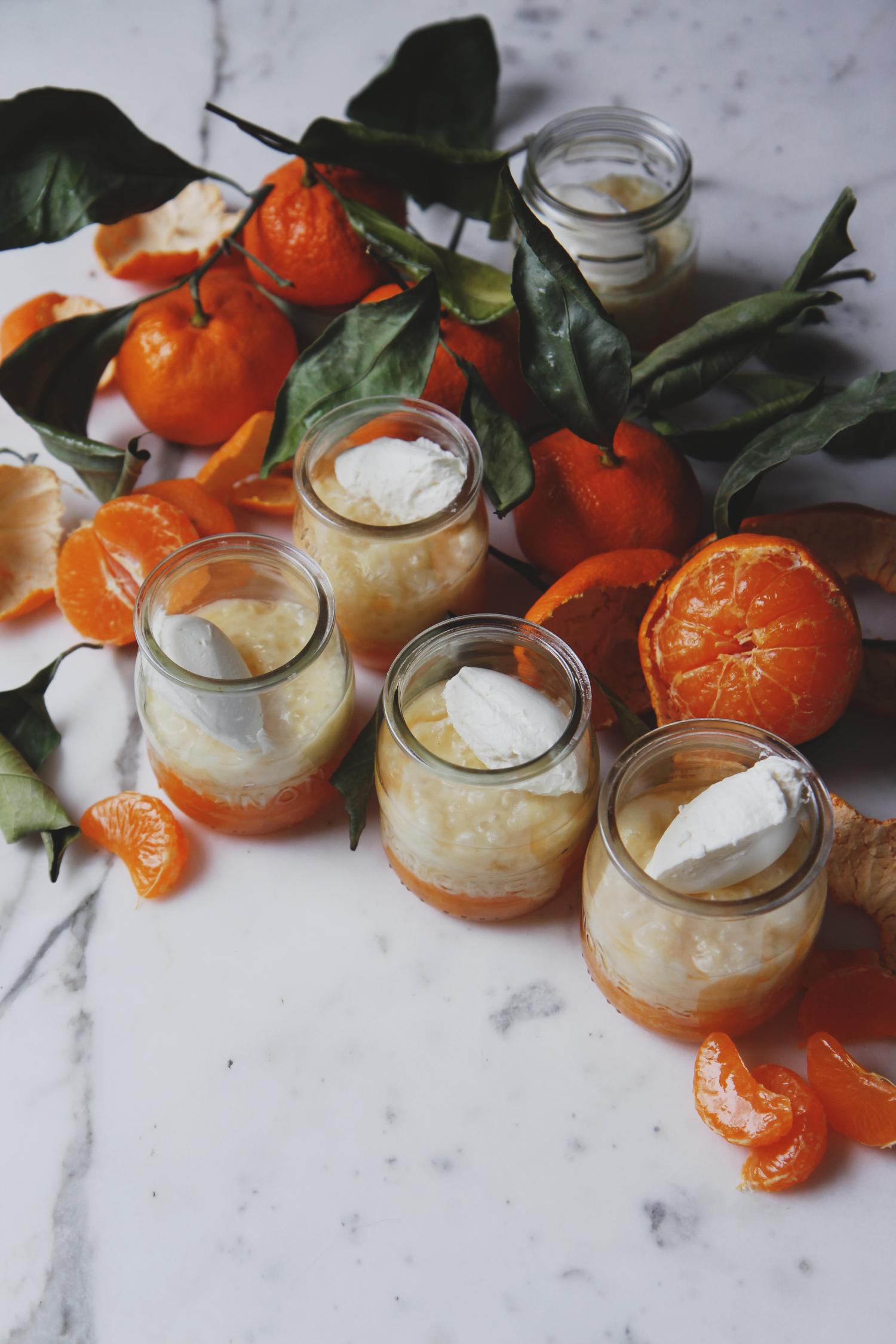At cold solstice I cut
the night, take its long waist
to my quilted bed,
curl up the dark under
broideries of spring, to wait
a night spread out again for you.
—Hwang Jini, At Cold Solstice
Oh boy. Here we go. Happy New Year (?).
This has already been a chaotic month, though I began to breathe again post-inauguration.
I am more than halfway finished with my first clerkship, which defies belief. Being super busy with in-person work is such a strange way to float through the stillness of the COVID world.
I’ve been fully vaccinated already, and now I am just keeping my fingers crossed that the roll-out continues more smoothly and cohesively for everyone everywhere.
For 2 weeks, I was on service at our Brooklyn hospital, which necessitated 2 hours of commuting a day via foot, ferry, and shuttle. Grateful that I don’t get seasick, because the ferry ride was study time for me.
(What a sailor, sea shanties were surely writ for me, ha ha 2021 ha ha.)
Without my color-changing light bulbs that wake me up, I don’t know how I could have done the 5am mornings every morning. I am impressed more than ever by people who wake up that early every day to commute/exercise/be superhumans.
Now I only have 2 weeks left (!!) at Bellevue, which is a short 10 minute walk from home.

The end of this clerkship will coincide with the Lunar New Year. February 12th—the year of the Ox.
There are many delicious foods to make from lots of different Asian cultures, if you’re so inclined. Since I’ll have that weekend off (and my grandma gave me a gift card to H-mart), I’m hoping to make some vegetarian tteokguk, which I haven’t had in years.
Fresh fruits are a common aspect of different cultural celebrations, including Korean.
Oranges are especially symbolic and have been prized since antiquity in China. The Han Dynasty, circa 220 BC, even had a minister of oranges in the royal court.
Mandarins in particular are considered a fruit of good luck and prosperity for the new year.
Satsumas, the oranges I’ve used here, are a mandarin-pomelo hybrid. They’re also known as citrus unshiu or unshiu mikan. If you’ve never had the pleasure of trying one, I highly recommend it.
They are sweet and seedless, and their skin is beguilingly easy to peel.
These dainty French yogurt pots that my mom has blessedly saved are the perfect vessel to serve a few bites of pudding in, but if you want to make a larger, more standard size batch, you can easily double the recipe and use ramekins.
The bright citrus really shines against the rich vanilla tapioca pudding, and a spoonful of unsweetened whipped cream lends body and unctuousness without being cloying.
Simple, classic, and quite perfect.
Here’s to an auspicious start to the year of the ox and 2021!
Tapioca Pudding with Satsumas
makes 5 petite puddings
ingredients:
for the tapioca puddings:
360 grams (1 1/2 cups) whole milk
50 grams (1/4 cup) tapioca, soaked in cold water overnight, then drained
50 grams (1/4 cup) sugar
1/4 teaspoons salt
1 egg, whisked
1/2 teaspoon vanilla extract
for the macerated satsumas:
2 teaspoons sugar
3 satsumas, supremed
to serve:
unsweetened whipped cream
directions:
Macerate the satsumas: place peeled and skinned satsumas in a bowl and gently toss with sugar; set aside.
Whisk the whole milk, soaked and drained tapioca, sugar, and salt together in a small pot.
Whisk the egg and vanilla together in a small bowl and have a ladle handy; set aside.
Place the tapioca mixture over medium-low heat and cook, stirring constantly, until tapioca is softened and mixture is thickening, about 10 minutes with soaked tapioca.
Remove from heat and carefully ladle in some of the hot tapioca mixture into the egg while whisking the egg constantly to temper.
Once tempered, whisk the egg mixture into the tapioca mixture and continue to cook until thickened and glossy, stirring constantly.
Place the macerated satsumas and juice into small yogurt pots or ramekins.
Carefully spoon the still-warm pudding over and leave to cool completely.
To serve, whip unsweetened cream to stiff peaks and place a spoonful on top of the puddings.




